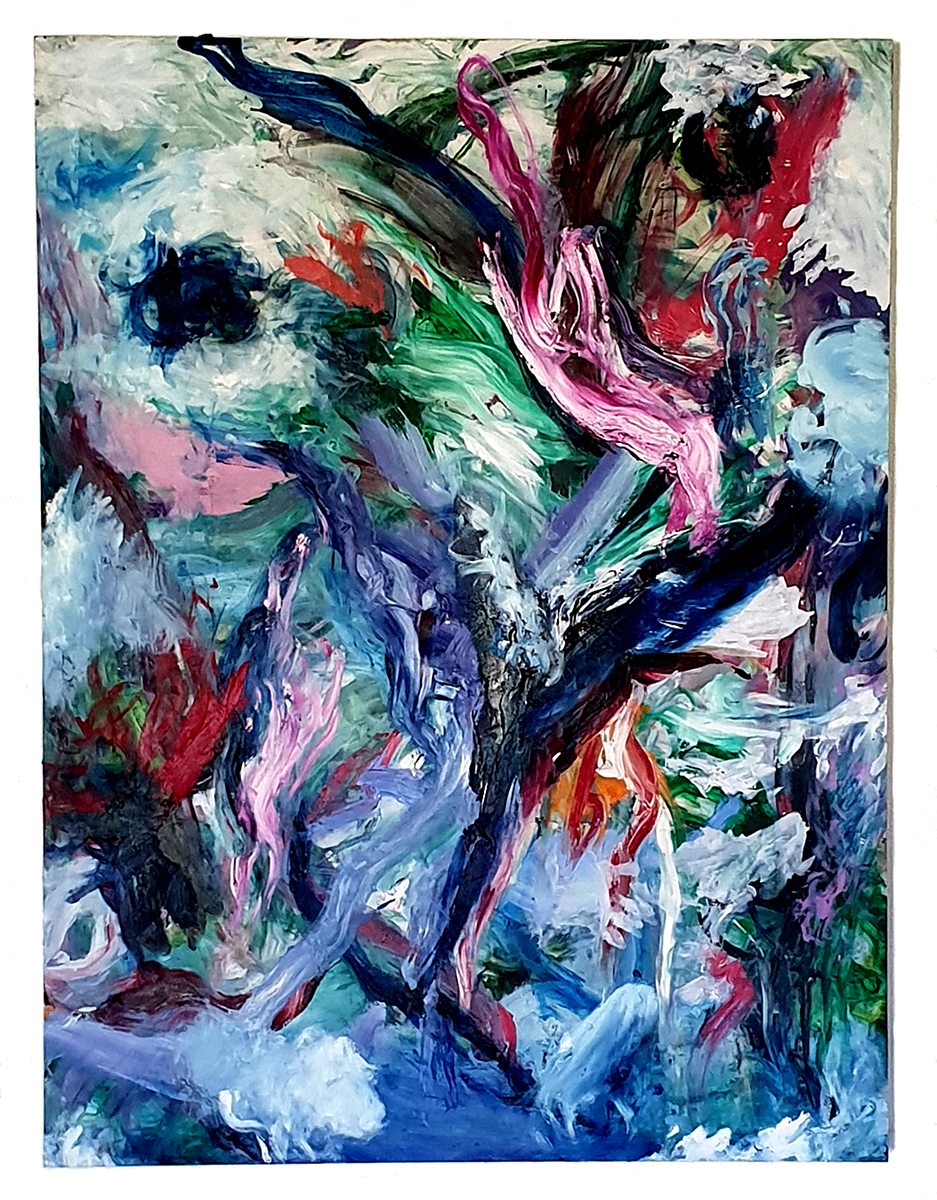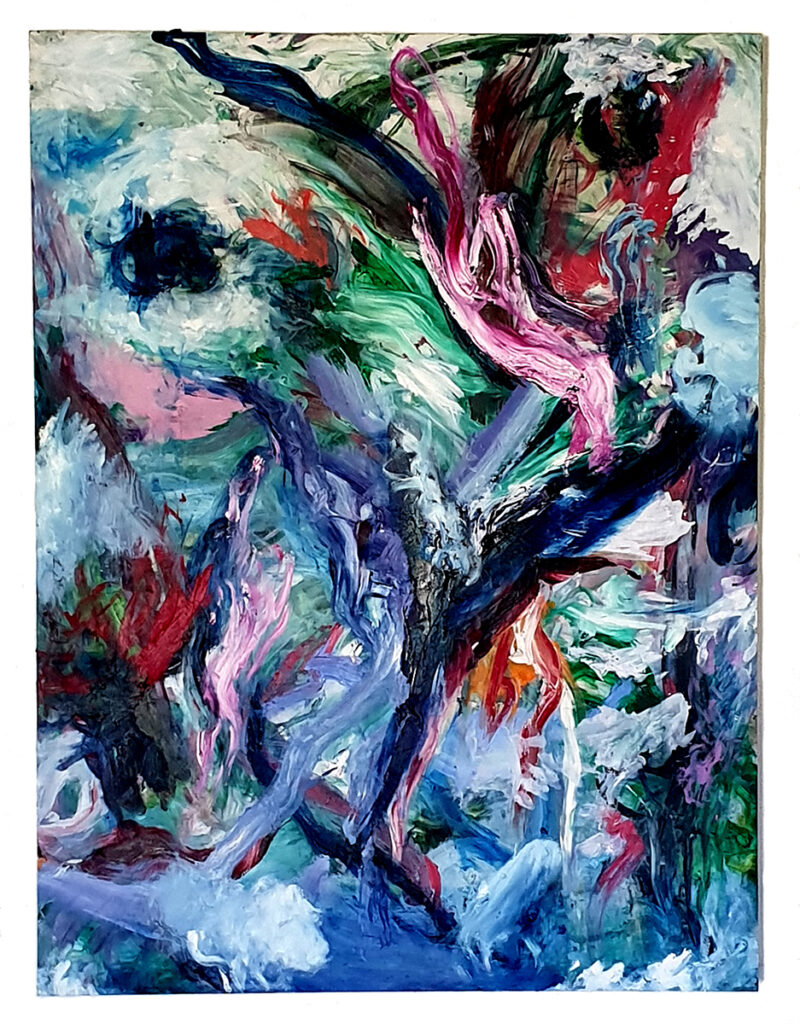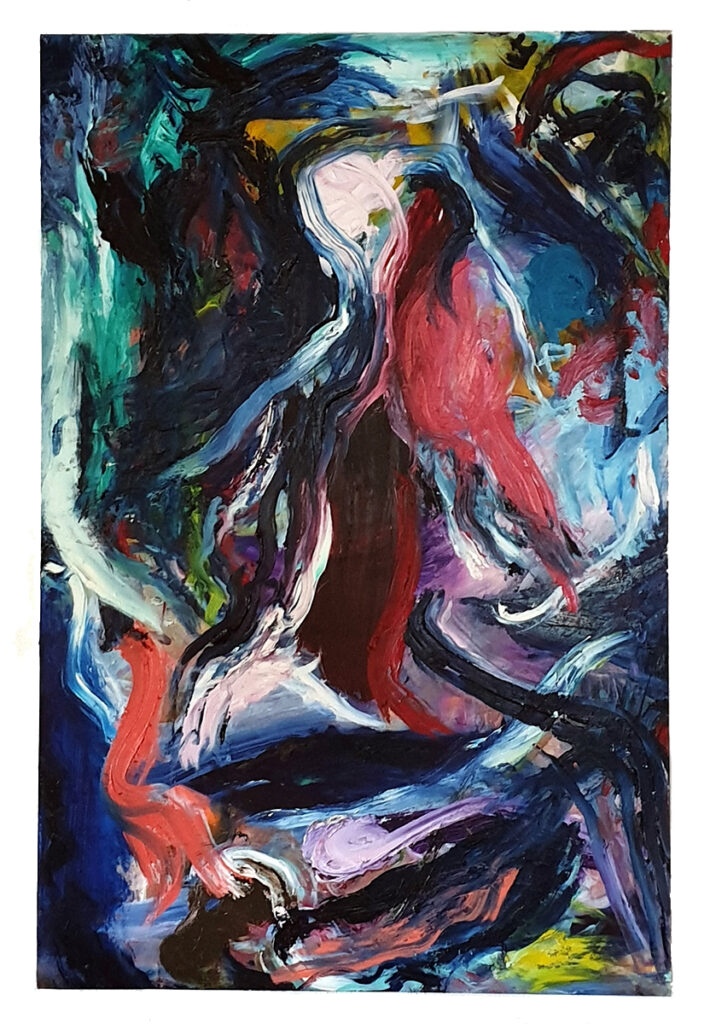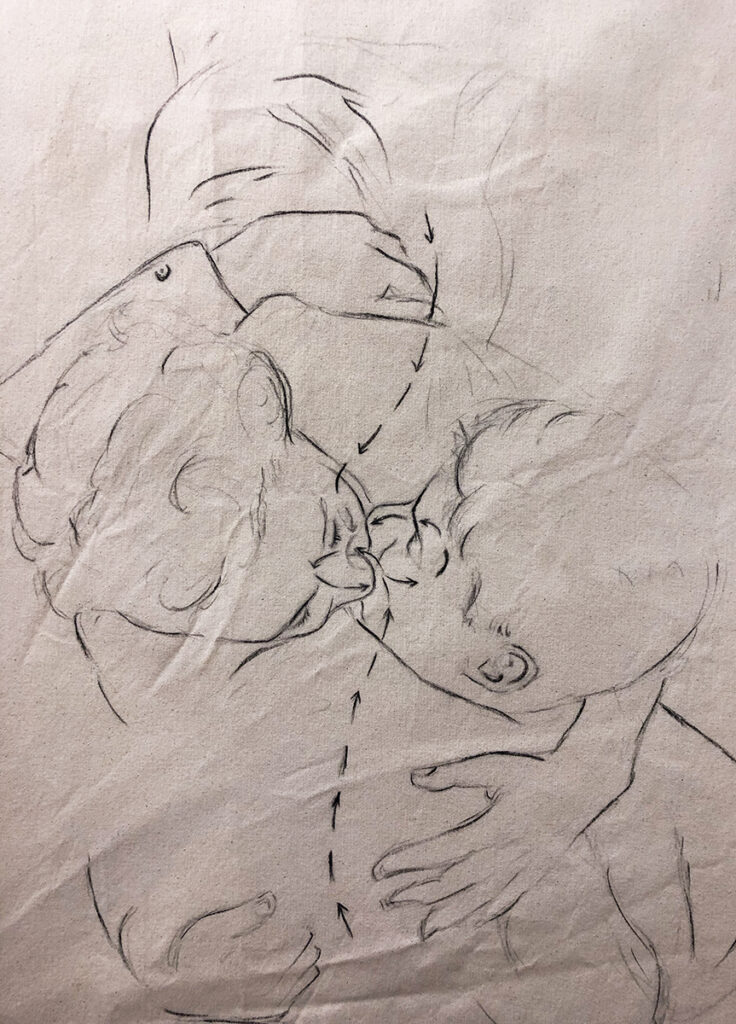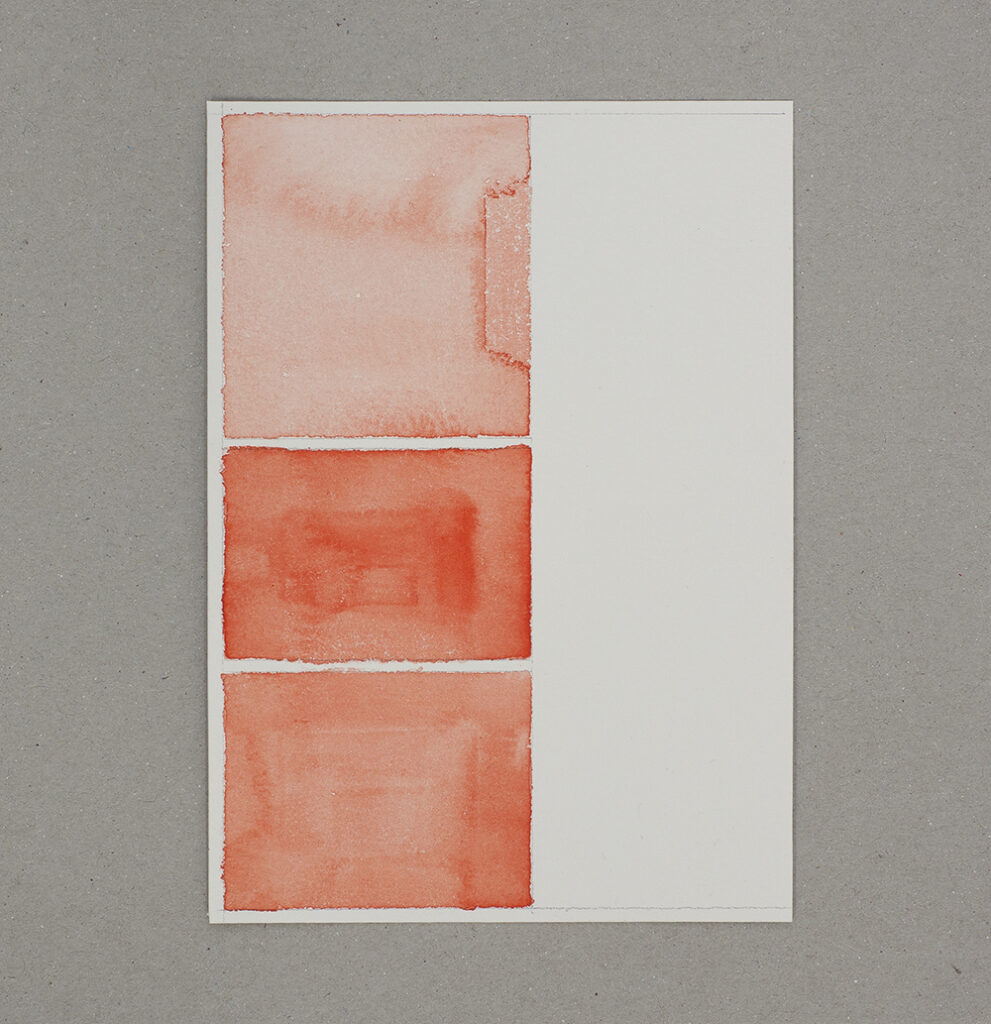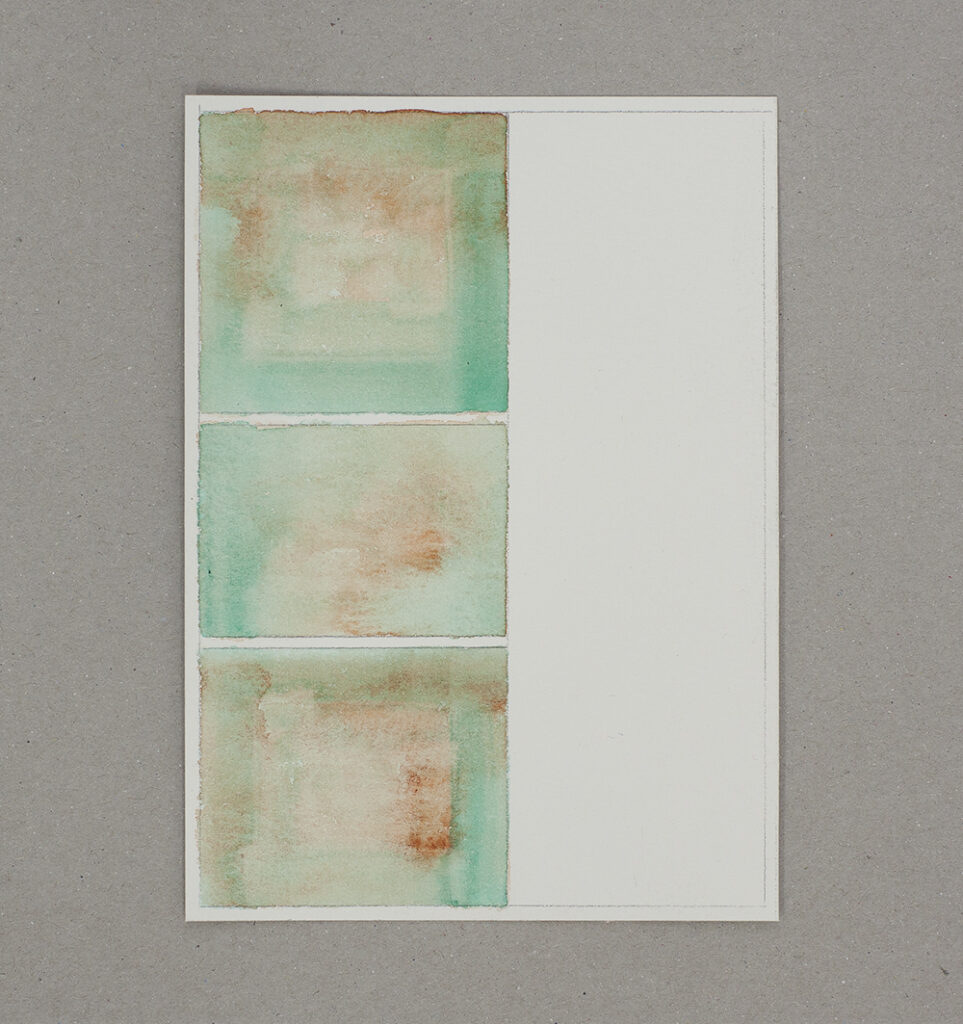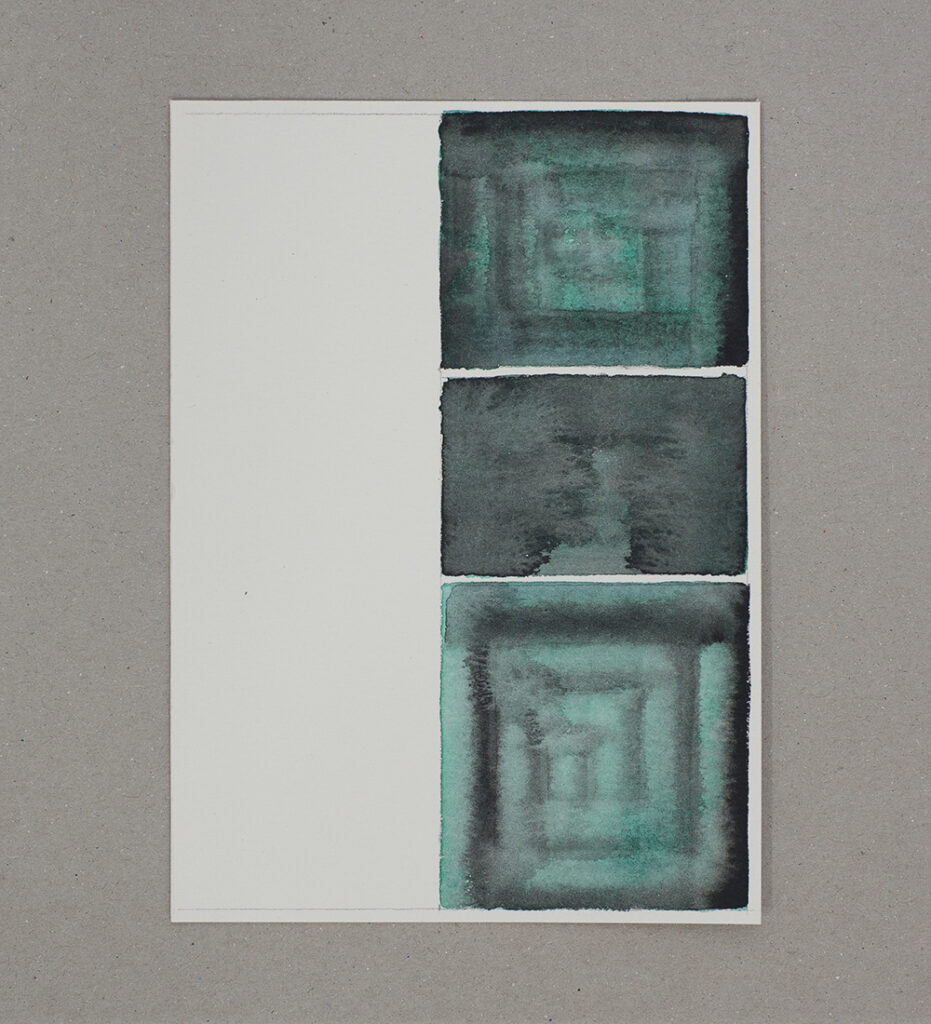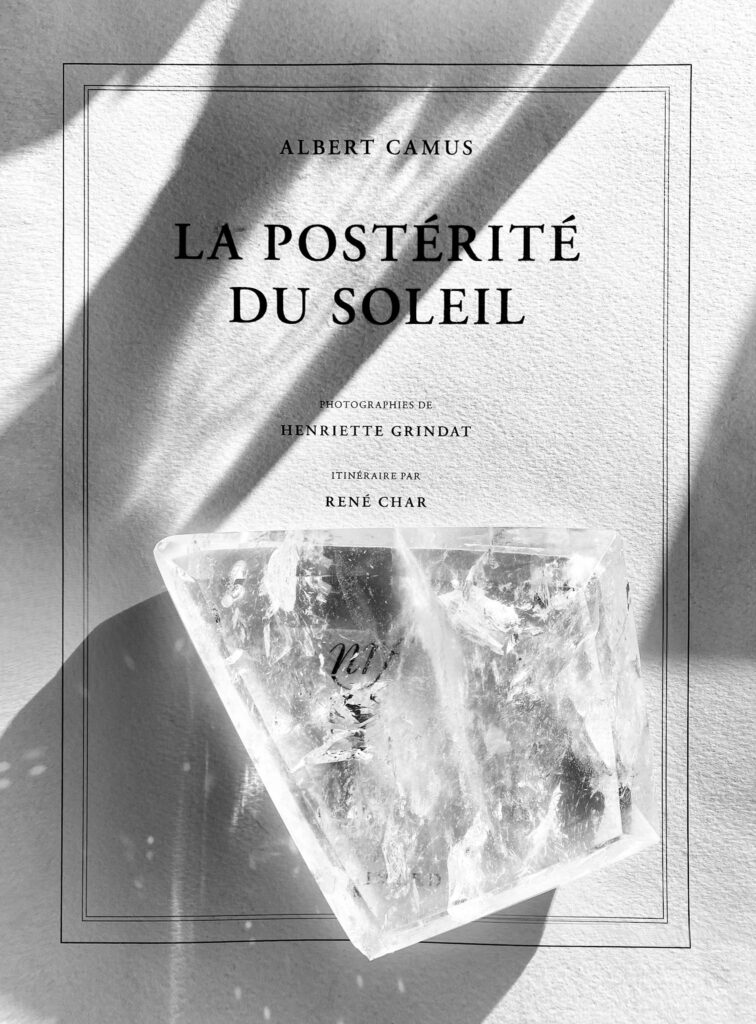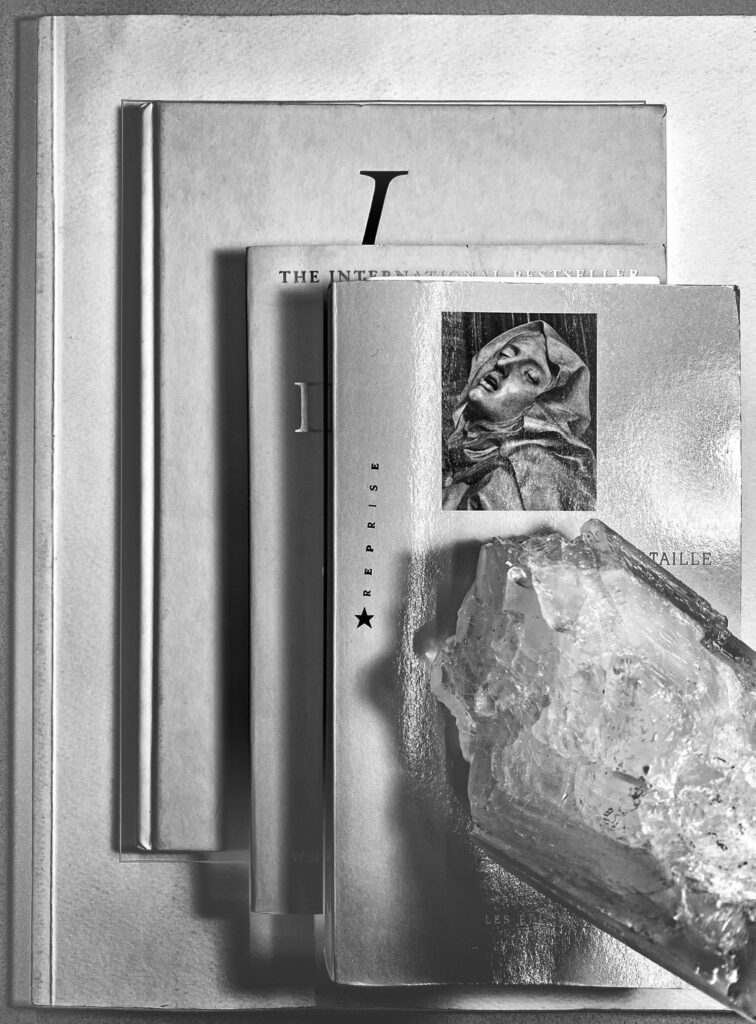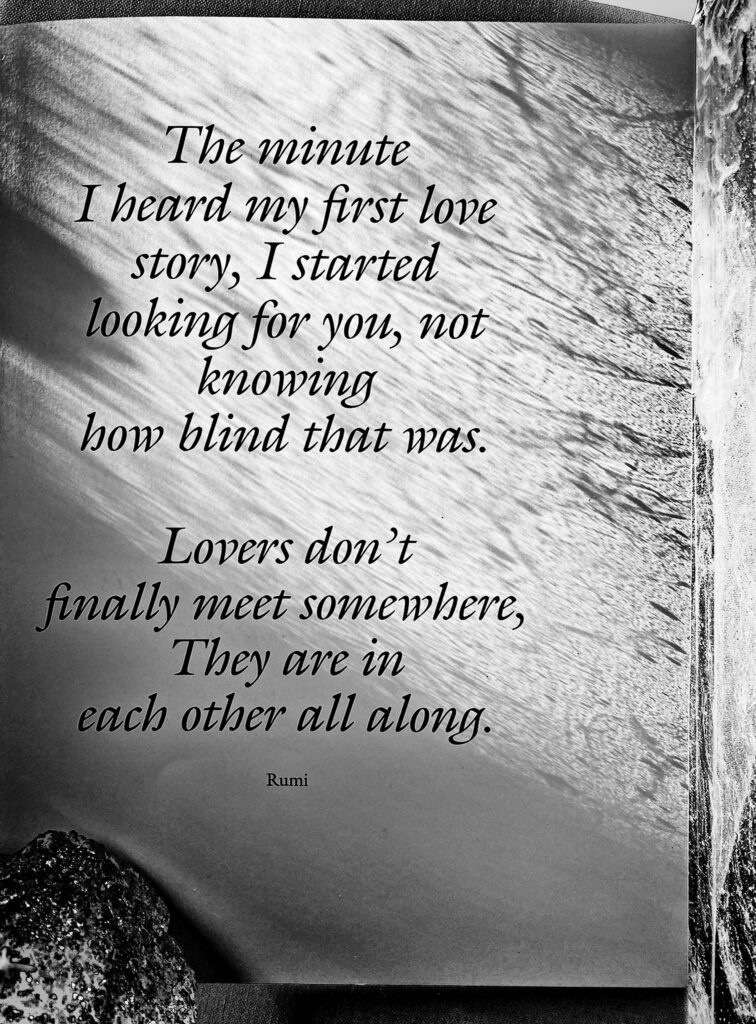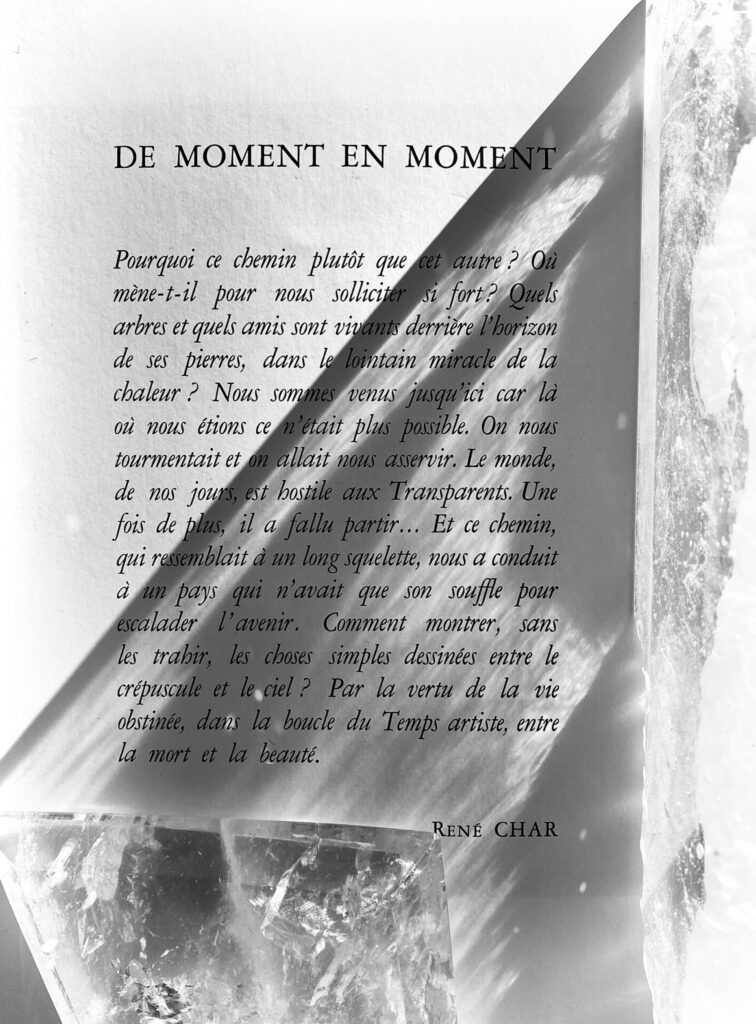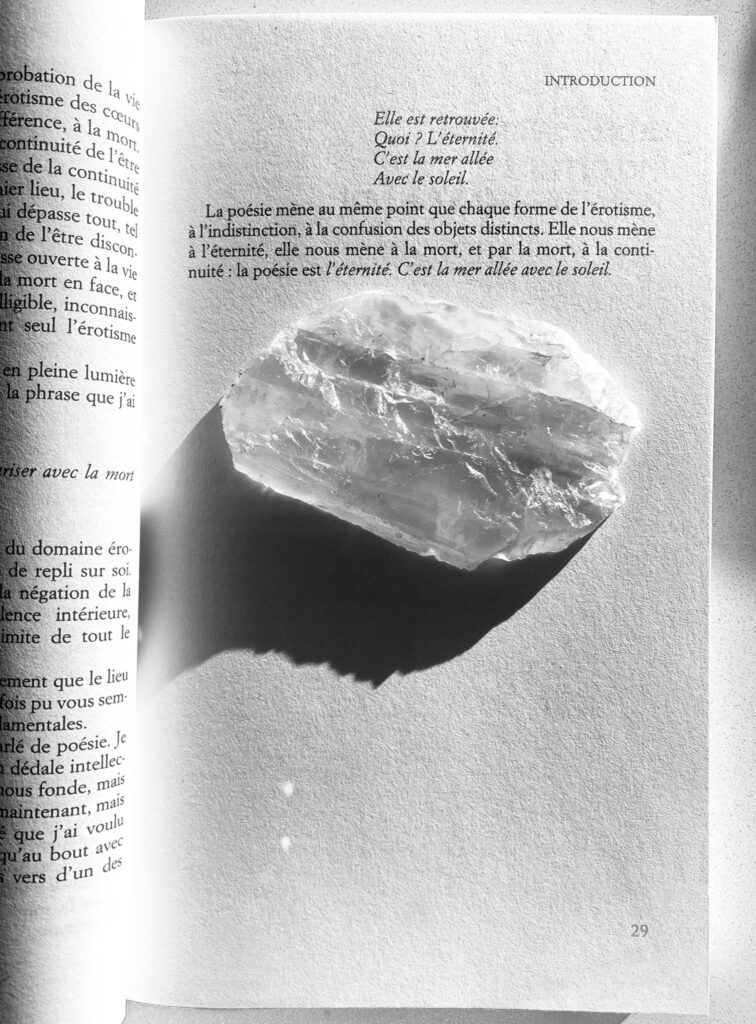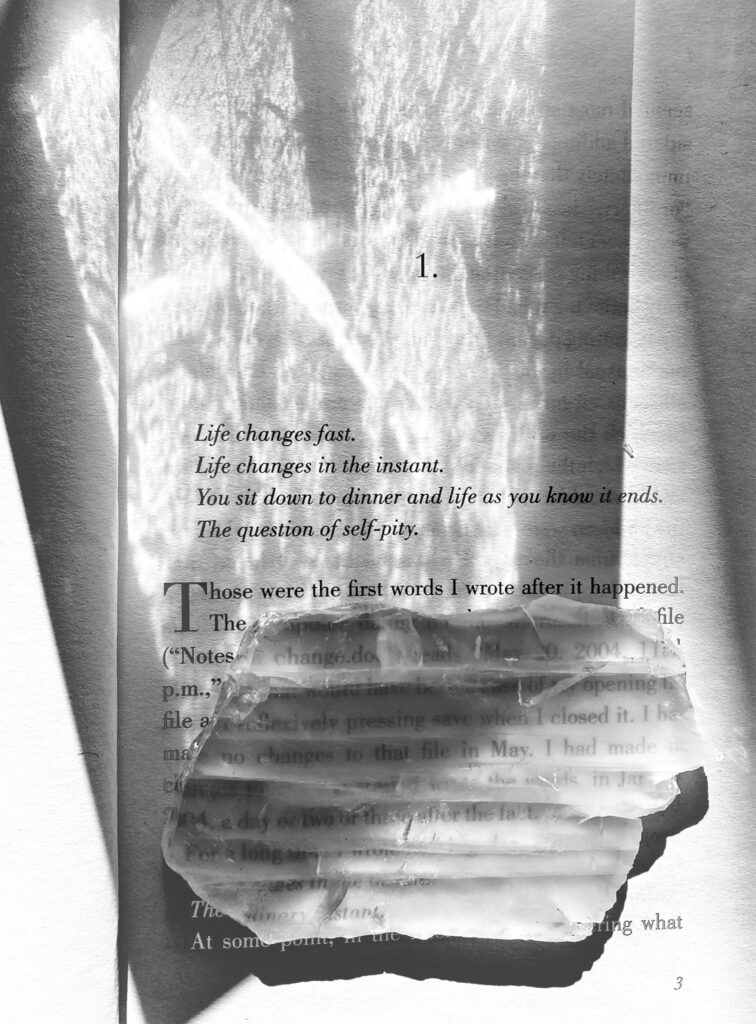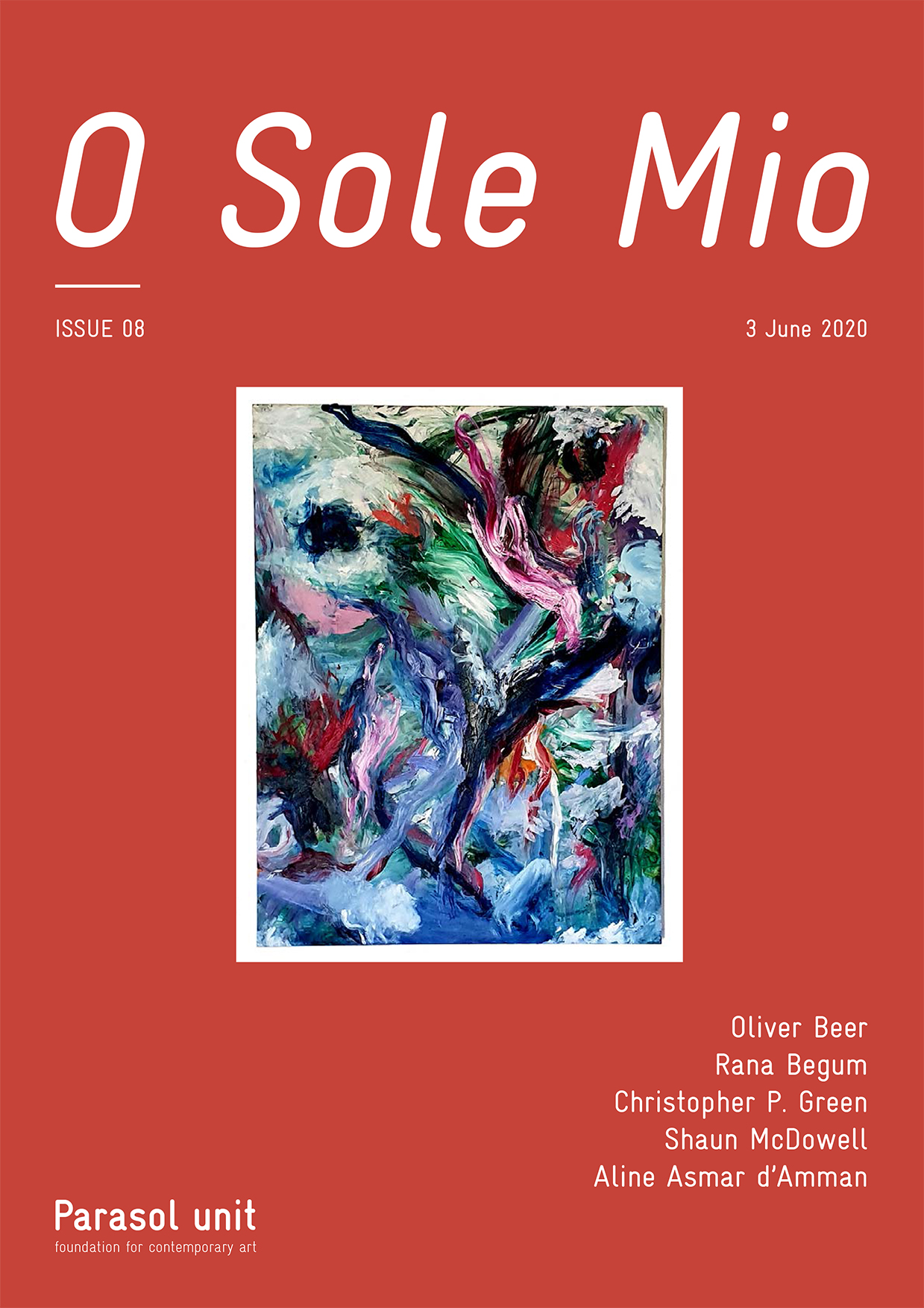Light, Rhythm, Colours and Harmony
The first issue of O Sole Mio went online on 15 April 2020, but had, of course, been in planning from the time Parasol unit closed its London galleries on 14 March to protect both its staff and the public from the rapidly spreading Covid-19 coronavirus. As I write these lines for issue 08 of our weekly publication, we are more than two months down the line from that initial shock, but London is still in lockdown and we don’t yet know when or if people will be able to move about again with their accustomed freedom, nor when or how it will be possible to interact safely with other humans. In this singular situation, what keeps us somewhat in good humour is simply our instinctive impulse to live our future meaningfully. What a coincidence then to read on Bloomberg an excerpt from the US Chief Justice, John Roberts’ speech, addressed remotely to a graduating high school class, saying that the coronavirus had ‘pierced our illusion of certainty and control’. The Chief Justice counsels the students to make their way through life ‘with humility, compassion and courage in a world turned upside-down’. I always really appreciated graduation ceremonies in America, mainly because the addresses were often remarkably inspiring. I am not sure that all students, to whom many such speeches are addressed, fully grasp their importance amid one of the most exciting moments of their life, but I always did.
In whatever form life takes after the current lockdown, I am sure that our human impulses and energy will find ways to keep the world going. I hope that the renewal of our future will stem essentially from souls nourished by harmony, good spirits and love for others. Also, I believe that had we not had the capacity to accept the worldwide restrictions so patiently, we would not have had this extended amount of time for reflection. So, let us at least thank our foe, Covid-19, for having given us the opportunity to rediscover our humanity. I know many of us have been working in isolation and very hard, but the time regained by not having to commute or travel has let us become happier individuals. Hopefully, despite the looming pressure from all kinds of industries for us to consume ever more goods and services to keep economies alive, we will make choices that favour the survival and wellbeing of our planet and its people.
Sitting at my desk, I could not be more grateful for having received such a richness of material from artists and art professionals. Indeed, they have made me the fortunate recipient of the innovative and important thoughts that have allowed me to create themed issues of our O Solo Mio online publication. It is, therefore, my pleasure to devote this eighth issue to the essence of hope and joy in life, without which few of us would still be positively looking forward to the future. Please do not think that I have for one moment forgotten to feel immense gratitude to the thousands of frontline healthcare workers, doctors, nurses, and all their assistants, who are so courageously devoting themselves to the care of others, sometimes at their own peril, or that I omit paying homage to the hundreds of thousands of people across our planet, who have perished in this cruel pandemic. But, as we all know, life has to go on for future generations, and with such a train of thought, I also pay homage to the artists in this issue: Oliver Beer, Rana Begum, Shaun McDowell, and Christopher Green, along with the architect Aline Asmar d’Amman, all of whose work and thoughts pivot around the importance of harmony and balance.
Rana Begum has graciously given time and energy to creating a new work, No. 991, an animation for the O Sole Mio project. Central to it, as in all her works, is a specific balance between light, rhythm and colour. Begum’s oeuvre conveys the essence of these positive elements and, remarkably, despite the recent months of limitations with which we all live, she has been sufficiently at ease to harness positive energy and complete works that are testimony to a mind deeply at peace.
Form, colour and rhythm are the pre-eminent characteristics of Shaun McDowell’s paintings, and particularly so during at least the past seven or eight years. At the beginning of this phase of his creativity one could discern faint parallels between McDowell’s painterly concern with colourful forms and those of the early twentieth-century German painter, Franz Marc. But McDowell’s recent paintings seem increasingly to have paint itself as the subject matter of his work, from which his De te fabula narratur, 2019, and Untitled, 2020, are two examples. Ironically, and although paint does keep building up in McDowell’s works, one can also see dematerialisation taking place, along with a certain rhythm that persists in his colourful forms.
An art situated between various disciplines of visual art, music and architecture could be sophisticated, but is also engaging and challenging. Touch, smell, hearing, sight and taste all seem to be present in disarming intensity in Composition for Mouths, the video piece by Oliver Beer, which led to the intriguing drawing included in this issue of O Sole Mio. As remarkably strong visually as it is emotionally, the drawing somewhat oddly reminds us of the physical limitations we have all been living with in recent months, while at the same time increases our awareness that we must eventually find a way out of the current impasse.
Thawed Swiss snow on watercolour paper has created three delicate works entitled Celerina by artist Christopher P. Green. Fittingly executed in the Swiss mountain resort of Upper Engadin, Celerina, his nuances of green, blue and red hues recall musical notes with a certain rhythm, very much in tune with the other works in this issue. Even at their very small scale, the works impress one with an immensity very like that of Helen Frankenthaler’s large colour field paintings of the mid-twentieth century. Yet, like most of Christopher Green’s works, these seductively delicate pieces were the result of much thinking and reflection.
In her reflection for this issue, Aline Asmar d’Amman displays as great a sensitivity to words and language as she applies to her architectural practice. She has contributed a thoughtfully graceful text, which highlights the poetic power of the ‘O Sole Mio’ lyrics, with her words, ‘the power of the Sun’, ‘the Lovers’ secrets’, ‘the mystique of Desire’ and, finally, ‘the omnipresence of Death’. The truth is, along with the beauty of the song and its sense of elation, it is also quite nostalgic, all of which remind us of the dualities we face with every move we take in life. For highlighting the sensitivity inherent in the song’s lyrics, I am hugely grateful to Aline Asmar d’Amman.
Our remarkable contributors here have provided us with great material to feed our intellect and above all our senses. How can we not express our gratitude to them for having helped us to once more feel human and to understand that despite the fear, sadness and limitations we have experienced during these past few months, the power and beauty of nature around us continues to shine on our lives and reassure us that to desire, to love and to cry are all part of life. I have no doubt that the harmony and sense of infinity stemming from each of these works will help us to see the world from a better angle, because a reality faced with serenity and clarity will always be a better reality.
Ziba Ardalan
Founder, Artistic and Executive Director


